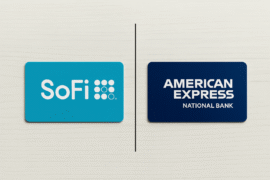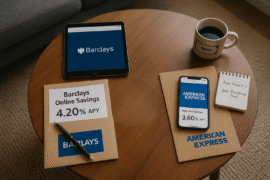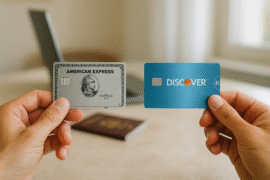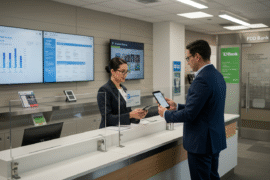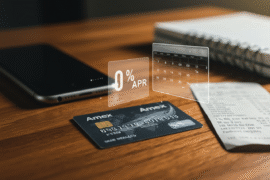This article may contain references to products or services from one or more of our advertisers or partners. We may receive compensation when you click on links to those products or services. Nonetheless, our opinions are our own.

Updated by Albert Fang
- Key Highlights
- Introduction
- Understanding Payment Remittance
- The Basics of Payment Remittance
- Why Is Payment Remittance Important in Business Transactions?
- Preparing for Your First Payment Remittance
- Essential Tools and Information Needed
- Setting Up Your Payment System for Remittance
- Common Methods of Payment Remittance
- Optimizing the Payment Process
- Ensuring Timely Payments
- Keeping Records of Payment Remittances
- Conclusion
- Frequently Asked Questions
- Recommended Reads
Key Highlights
- Payment remittance refers to sending money to someone, often accompanied by remittance advice.
- Remittance advice details the transaction, including invoice numbers and payment amounts, helping to maintain accurate records.
- Remittance advice is essential for accurate financial records, preventing disputes, and managing cash flow for both parties.
- Safe methods for sending payment remittances include Electronic Funds Transfer (EFT), checks, or money orders.
- The best method depends on speed, security, and the recipient’s preferences.
- Understanding payment remittance processes can improve business transactions and strengthen relationships with vendors.
Introduction
Clear communication about money is essential in business, and payment remittance is key. When you send a payment, including remittance advice is helpful, which acts as proof of the transaction. This advice outlines key details like the invoice number, payment amount, and other relevant information. The payer and payee benefit from this clarity, making accounting easier and reducing the chance of future disputes.
Understanding Payment Remittance
Payment remittance involves sending money to settle a bill or pay for items. It’s essential to understand this process for smooth business operations. Payment methods vary based on transaction size, urgency, and the recipient’s preferences. Common options include bank transfers, checks, credit cards, and online payment platforms. Choosing the right method depends on the payment amount, required speed, and where the recipient is located.
The Basics of Payment Remittance
Payment remittance refers to sending money to another party. Several methods are available, including bank transfers, checks, and online payment services. It’s often helpful to include a remittance advice slip with your payment. This document outlines the invoice number, total amount, and any discounts applied, ensuring the payment can be easily matched to the correct invoice. Though not always necessary, remittance advice helps avoid confusion and serves as proof of payment.
Why Is Payment Remittance Important in Business Transactions?
Efficient payment remittance is crucial for smooth business operations. It reduces errors, enhances communication with vendors, and makes it easier to track payments. An effective remittance process helps businesses stay organized by keeping clear records of payments, such as bills, employee refunds, or taxes. It can also integrate with accounting software, streamlining financial tracking. Additionally, a reliable remittance system builds trust with vendors by ensuring payments are made on time and properly documented.
Preparing for Your First Payment Remittance
Sending your first payment might seem daunting, but with the right preparation, it can be simple. Follow these steps to ensure a smooth process:
- Explore payment methods: Choose the best option for you and your recipient.
- Gather the necessary information: Ensure you have all the details required for accurate payment processing.
Essential Tools and Information Needed
Before making a payment, gather the necessary information:
- Recipient’s details: Name, address, and bank details are vital for a smooth transaction.
- Invoice information: Include the invoice number, date, and amount due.
- Record-keeping tools: Consider using spreadsheets or accounting software to track payments and store important transaction details for future reference.
Setting Up Your Payment System for Remittance
Setting up an efficient payment system involves selecting the right tools and methods. Choose from EFT, checks, or online payment platforms. Consider the cost, speed, and security of each option. For businesses that frequently deal with paper invoices, Optical Character Recognition (OCR) technology can be useful for scanning invoices and automatically filling in payment details, saving time and reducing errors. Accounting software also helps streamline payment remittance by offering features like payment reminders and detailed reports.
Step-by-Step Guide to Sending Payment Remittance
Follow these simple steps to ensure your payment is sent smoothly:
- Verify payee information: Check the recipient’s details to avoid errors. Ensure the name, bank account number, and other relevant details are correct.
- Choose the payment method: Select the method that best fits your needs.
- Send the payment promptly: Avoid delays to maintain good relationships with vendors.
- Stay organized: Properly track your payment for future reference.
Step 1: Verify Payee Information
Ensure the recipient’s information is accurate to avoid delays or errors. This includes:
- Payee name: Double-check that the name matches the records.
- Bank account number: Ensure this is correct, as small errors can cause major issues.
- Routing number: For payments made in the U.S., ensure the routing number is accurate. For international transfers, you may need additional details like a SWIFT code.
- Additional details: Other information might be required depending on your payment method (e.g., country codes for international transfers).
Step 2: Select the Right Payment Remittance Method
Choosing the best payment method depends on several factors:
- Amount: Larger payments might require wire transfers, while smaller payments can be handled with checks or EFT.
- Speed: If the payment needs to be processed quickly, consider EFT or wire transfers.
- Recipient location: For international payments, consider wire transfers or services like PayPal or Western Union, especially in countries with limited banking infrastructure.
Step 3: Fill Out Remittance Information Correctly
Accurate remittance details are crucial. These details ensure that the payment is applied to the correct invoice. Depending on the payment method, you may need to include the invoice number, payment date, and the payment method used. If sending a check, you can either write the information on it or include a separate remittance slip.
Step 4: Double-Check for Accuracy Before Sending
Before sending the payment, double-check the following:
- Payee information: Confirm that the recipient’s details are correct.
- Payment amount: Ensure you are sending the correct amount.
- Remittance details: Verify that invoice numbers and dates are accurate.
A final review can help you avoid errors and ensure timely payment processing.
Common Methods of Payment Remittance
Several methods are available to send money, each with pros and cons. These include:
- Electronic Funds Transfer (EFT): Fast and secure, EFT allows direct transfers between bank accounts. It’s often the most efficient option for businesses.
- Checks and Money Orders: While less common today, checks are still used for domestic payments. They can take time to process but are secure.
- Wire Transfers: Ideal for large or international payments, but they often come with higher fees.
Optimizing the Payment Process
In today’s fast-paced business environment, optimizing the payment process is crucial. Timely payments help maintain a strong cash flow and foster good vendor relationships. Effective remittance systems can help businesses keep track of payments and prevent errors.
Ensuring Timely Payments
To ensure timely payments:
- Set up reminders: Use your calendar or accounting software to remind you of upcoming payments.
- Automate payments: For regular bills, consider setting up automatic payments.
- Consider processing time: Some payment methods, such as checks or international wire transfers, may take longer.
Keeping Records of Payment Remittances
Accurate record-keeping simplifies reconciliation and is essential for tax purposes. Track every payment by noting:
- The payment date
- The recipient
- The amount paid
- The method of payment
Using accounting software or cloud-based tools can help automate record-keeping, ensuring you always have access to transaction details.
Conclusion
Mastering payment remittance ensures smooth business transactions. By understanding the basics, preparing correctly, and following simple steps, you can ensure payments are accurate and timely. Whether you use EFT, checks, or other methods, clear records and organization are key to success. An optimized payment process builds vendor trust and keeps your business running smoothly.
Frequently Asked Questions
What is the fastest method of payment remittance?
Electronic transfers, like wire transfers or online payment services, are usually the fastest sending method.
How do I confirm a payment remittance has been received?
Most electronic payments provide confirmation, such as a transaction ID or receipt. For checks, ask the recipient to confirm receipt or send it by certified mail.
Can I send payment remittance from abroad?
You can send money internationally via wire transfers, Western Union, or online platforms like PayPal. Be sure to check exchange rates and fees.
What should I do if a payment remittance goes wrong?
Contact your bank or payment service provider immediately. Keep your transaction records and remittance details handy for assistance.
Are there fees associated with payment remittance methods?
Yes, most payment methods charge fees, which can vary based on the provider, amount, and payment destination.

Reviewed and edited by Albert Fang.
See a typo or want to suggest an edit/revision to the content? Use the contact us form to provide feedback.
At FangWallet, we value editorial integrity and open collaboration in curating quality content for readers to enjoy. Much appreciated for the assist.
Did you like our article and find it insightful? We encourage sharing the article link with family and friends to benefit as well - better yet, sharing on social media. Thank you for the support! 🍉
Article Title: How to Send Payment Remittance Effectively
https://fangwallet.com/2024/12/15/how-to-send-payment-remittance-effectively/The FangWallet Promise
FangWallet is an editorially independent resource - founded on breaking down challenging financial concepts for anyone to understand since 2014. While we adhere to editorial integrity, note that this post may contain references to products from our partners.
The FangWallet promise is always to have your best interest in mind and be transparent and honest about the financial picture.
Become an Insider
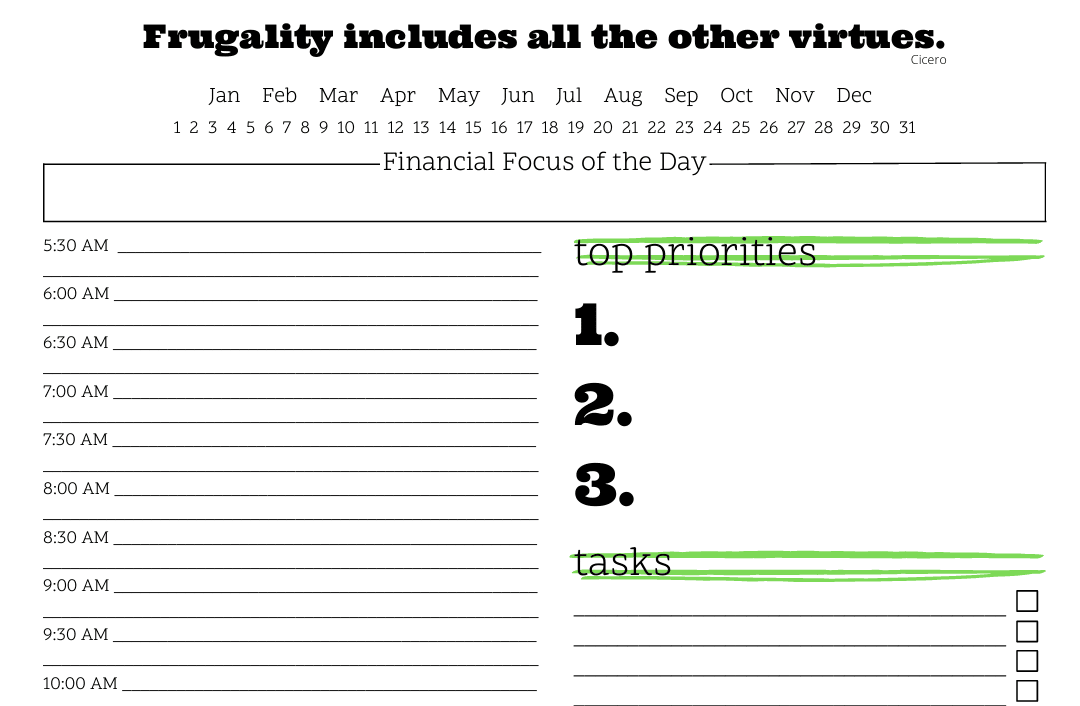
Subscribe to get a free daily budget planner printable to help get your money on track!
Make passive money the right way. No spam.
Editorial Disclaimer: The editorial content on this page is not provided by any of the companies mentioned. The opinions expressed here are the author's alone.
The content of this website is for informational purposes only and does not represent investment advice, or an offer or solicitation to buy or sell any security, investment, or product. Investors are encouraged to do their own due diligence, and, if necessary, consult professional advising before making any investment decisions. Investing involves a high degree of risk, and financial losses may occur including the potential loss of principal.
Source Citation References:
+ Inspo




